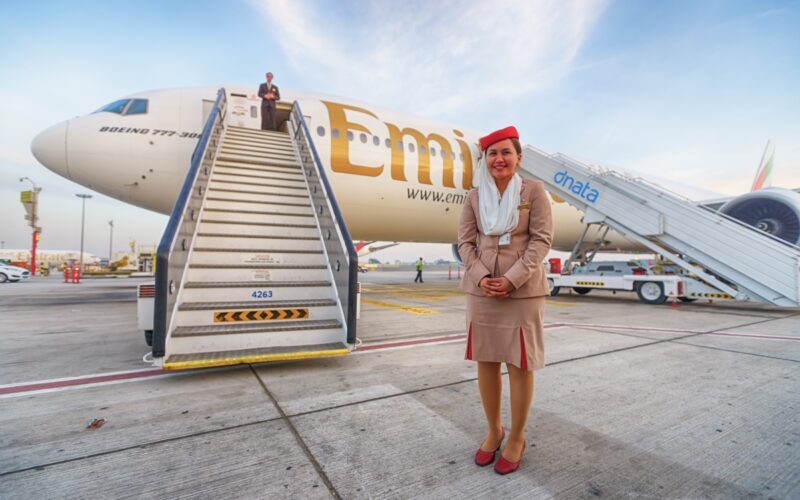Why Airplane Boarding is Always on the Left-Hand Side

Have you ever wondered why you always board a commercial airplane from the left-hand side, whether it’s via a jet bridge or steps from the tarmac? This universally followed practice has roots in historical traditions and operational efficiency.
Michael Oakley, managing editor of The Aviation Historian, explains that many aviation practices, including boarding from the left side, have maritime origins. Ships traditionally have a port side, which is the side adjacent to the dock in port, and this practice was adopted in aviation.
In the early days of commercial aviation, the boarding side was less significant, as passengers typically embarked and disembarked directly onto the tarmac. However, as Bob van der Linden from the National Air and Space Museum notes, preferences started to emerge in the mid-20th century. For example, while Boeing’s 247 airliner originally had a right-hand door, United Airlines’ purchase of the Douglas DC-3 in the 1940s with a right-hand door was an exception to the emerging standard.
The shift to left-side boarding became more pronounced with the development of pier finger terminals in the 1950s, as seen in airports like Chicago’s O’Hare and London’s Gatwick. These designs facilitated direct boarding from the terminal to the aircraft. The introduction of Jetways in the 1960s further solidified this practice. Matthew Burchette, senior curator at the Museum of Flight, points out that having gates on the left side made it easier for pilots, who sit on the left, to judge distances while taxiing to the gate.
Besides operational ease for pilots, boarding from the left also benefits ground crew operations. It allows them to perform their tasks efficiently without interference from passengers or gate equipment. This separation of boarding passengers and working ground crew enhances safety and operational speed, contributing to smoother travel experiences.
In summary, the practice of boarding planes from the left side is deeply rooted in historical practices and has evolved to improve operational efficiency and safety in modern aviation.
